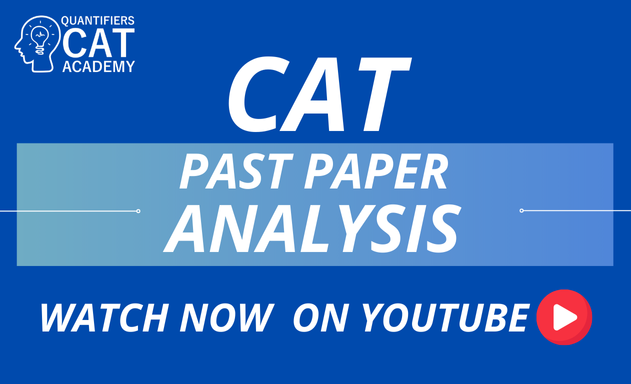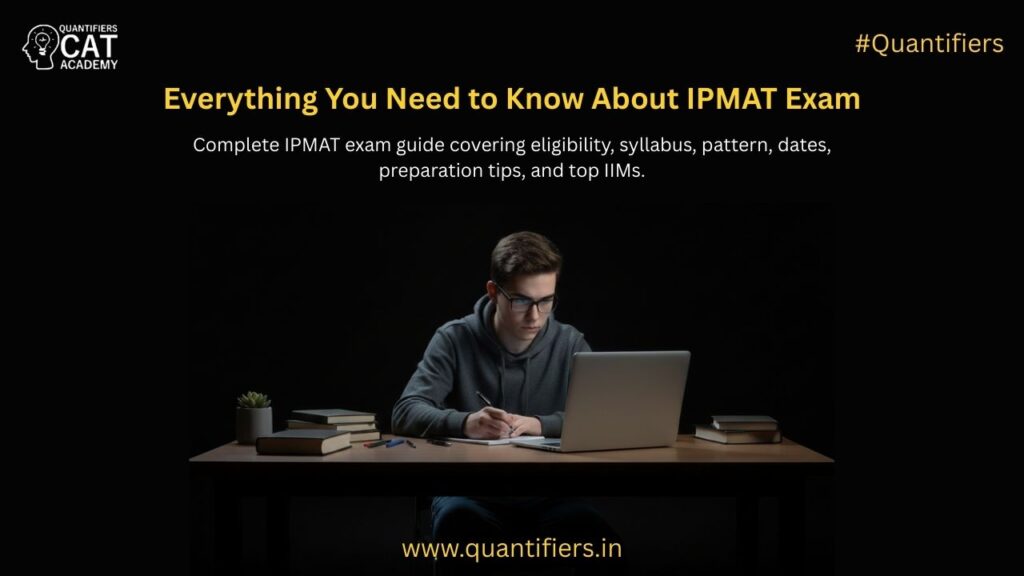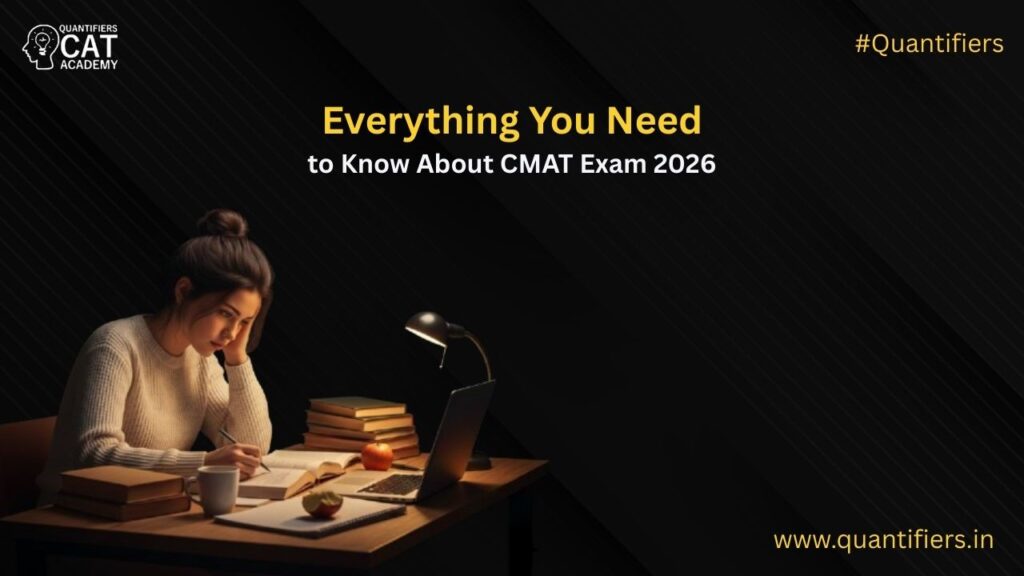- CAT Courses
- Free Video Resources & Tests
Video Resources
...
- Super 75
- CAT Past Papers
- Free Study Material
- BlogsDecember 28, 2025
Everything You Need to Know About CMAT Exam 2026
December 26, 2025XAT Admit Card 2026 Download – Date, Steps & Exam Day Instructions
- Results
















